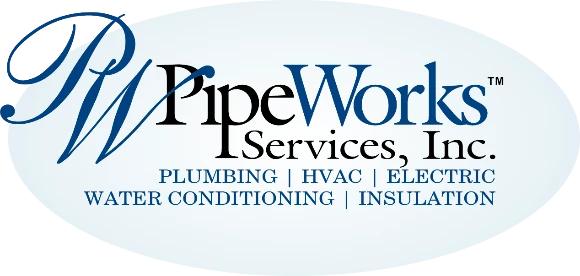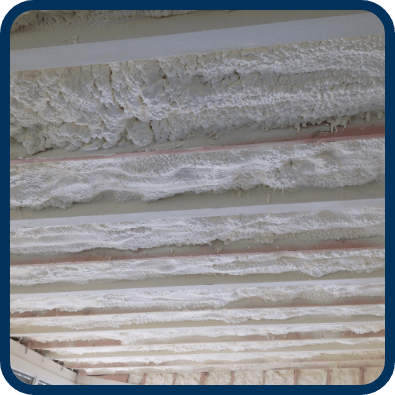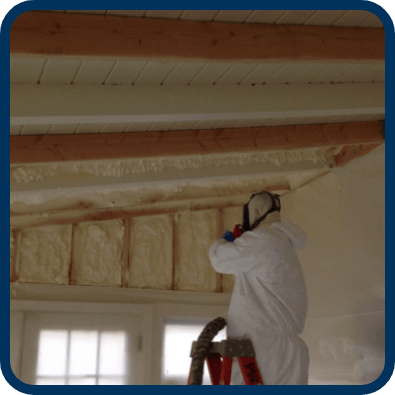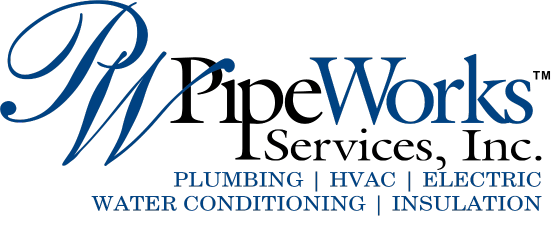Common sources of air leakage
Air sealing target’s common locations where air leaks occur in a house:
- Plumbing and wiring penetrations through floors, walls, and ceilings
- Around chimney passes
- Attic access hatches, doors and drop-down stairs
- Around recessed lights and fans
- Air seal air leakage in the home
- Cracks, gaps & holes in drywall or plaster
- Around electrical outlets and switches
- Sump pump holes
- Bath fans
- Leaky basement windows
- Rim joists in the basement or crawl space
Air sealing and insulation go hand-in-hand
It’s important to note that neither insulation nor air sealing alone is enough to reduce heat flow. Air sealing should always be done before insulation is installed.
As part of our air sealing strategy, we typically air seal the attic first since this is where the most significant leakage occurs. The basement and crawl space areas are our second priority. Air sealing these spaces eliminates a major source of cold air infiltration.
Fiberglass insulation is too light to stop air leakage, however, spray foam insulation can effectively reduce air leakage. Air sealing and insulation upgrades from Pipe Works Services can cut your heating and cooling costs in half.
What to Expect from Professional Air Sealing in Northern & Central NJ
Air leaks don’t just raise energy bills — they make rooms drafty, stress HVAC equipment, and can even contribute to moisture issues. Our air sealing service targets the places that leak most in New Jersey homes and verifies results with testing, so you get a tighter, more comfortable house without guesswork.
Our Step-by-Step Process
- Home assessment & testing. We begin with a whole-home evaluation and a measured leakage test to quantify how much air is escaping and where it’s coming from. If you’re planning a broader comfort or efficiency upgrade, see our Home Energy Audits for a deeper diagnostic approach.
- Targeted sealing. Technicians seal top-priority areas first — the attic plane, rim joists, utility penetrations, bath fans, and recessed lights — using long-lasting materials appropriate for each location.
- Re-test & document. We re-test after the work is completed to confirm the improvement and share what changed so you know the upgrade is working.
Why Air Sealing Before Adding Insulation
Insulation slows heat transfer, but it can’t stop air from moving through gaps. Sealing the leaks first allows your insulation to do its job. Many customers combine this service with Attic Insulation to address the biggest energy losses at the same time.
Common Results You’ll Notice
- Fewer drafts & cold spots in bedrooms over garages and along exterior walls.
- More even temperatures between floors during winter and summer.
- Lower run time on your heating and cooling equipment, which can reduce wear and tear.





